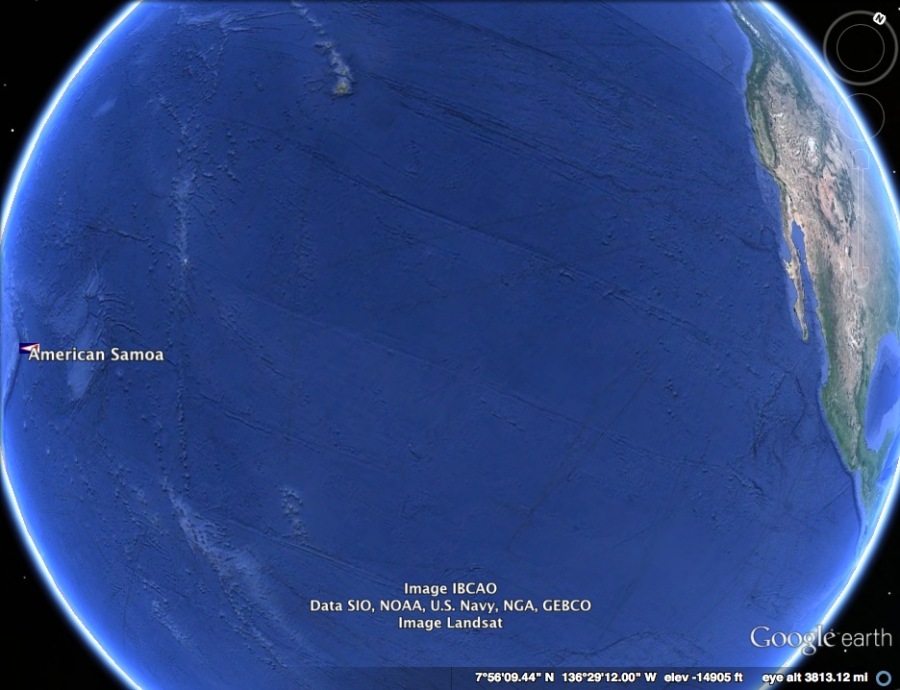Talofa!
14°15’16″S, 170°41’41″W marks the location of the United State’s southernmost National Park (in fact, the only US National Park in the Southern Hemisphere), the National Park of American Samoa.
Tutuila, the main island of American Samoa, is a beautiful island with striking steep green mountains and a scattering of cliffs and beaches along its shoreline. Furthermore, the people are incredibly friendly. On the one occasion that I got locked out of the house and had to wait for my housemates for a couple of hours, I was offered and given food and water and offered cellphones to make calls no less than five times.
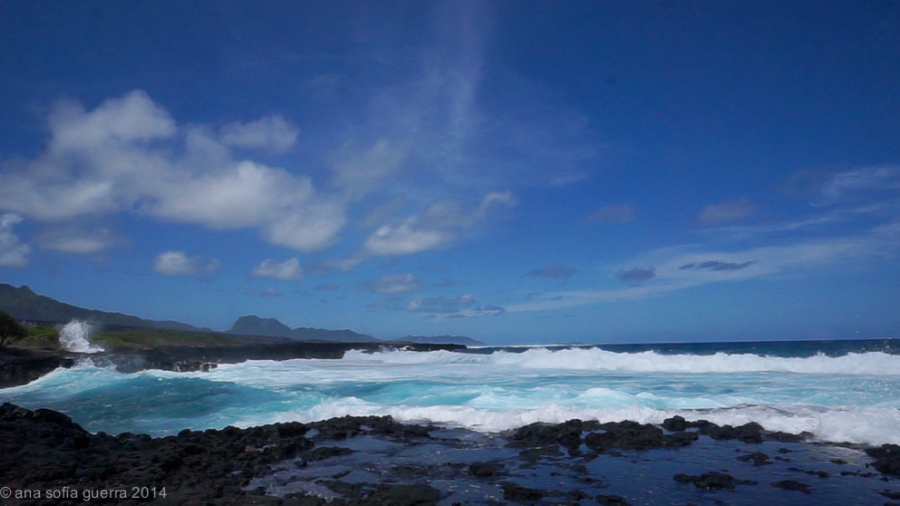
On the island I was working with the National Park Service of American Samoa marine crew on the on-going battle against the crown-of-thorns seastar (Acanthaster planci, also known as COTs, or alamea in Samoan).
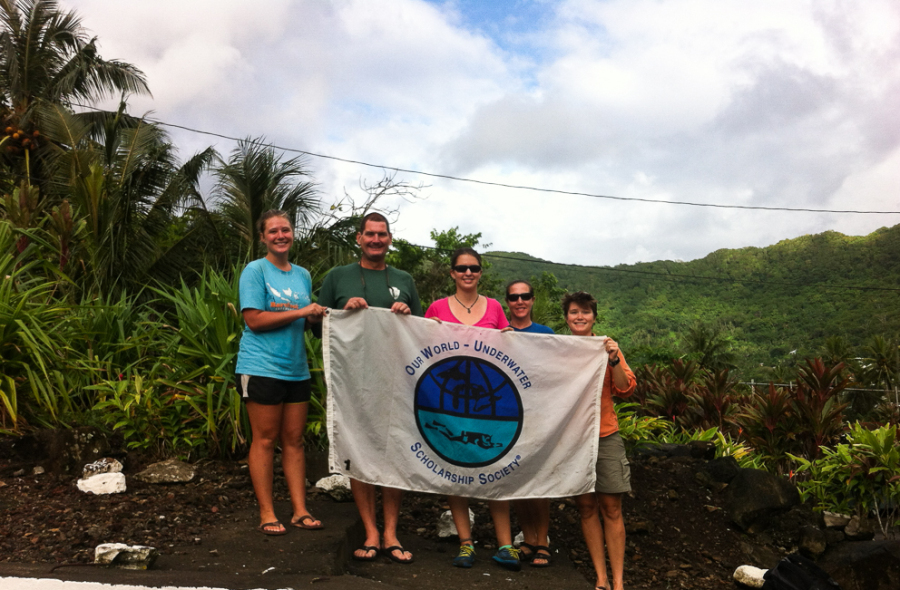
The reason for waging war on this creature is that their numbers have been skyrocketing (presumably due to the run-off of fertilizer from the island) and as their primary food source is live coral, this poses a threat to the well-being of the coral reef.
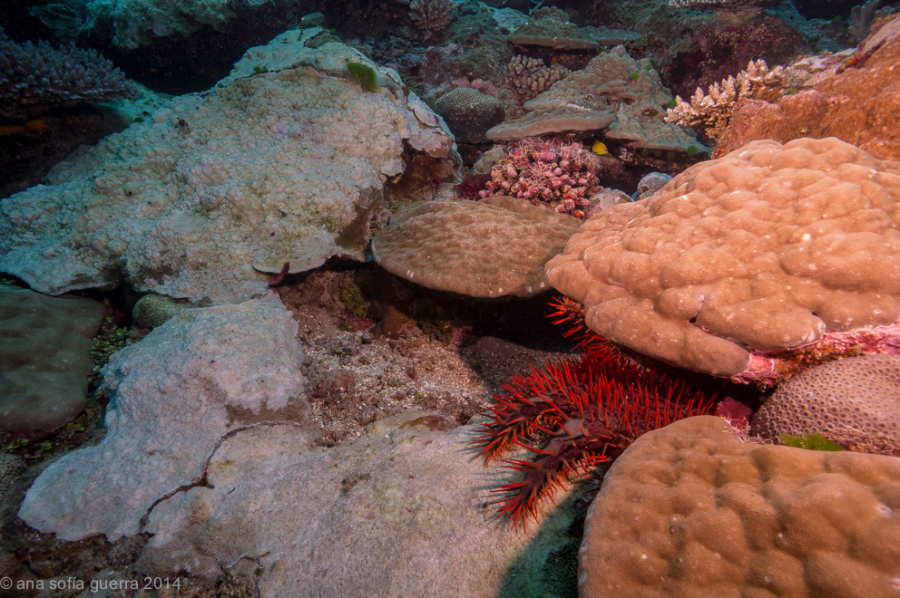
Every day we would go out to the reef, poison guns and dive lights in hand, to eliminate as many crown-of-thorns as we could during our dives. Keeping our eyes peeled for the telling white scars on the coral, which signal that there must be a COT nearby, we would peer under ledges, look in cracks, and pretty much cover as much ground as we could. All of this to the constant soundtrack of humpback whales singing in the distance.
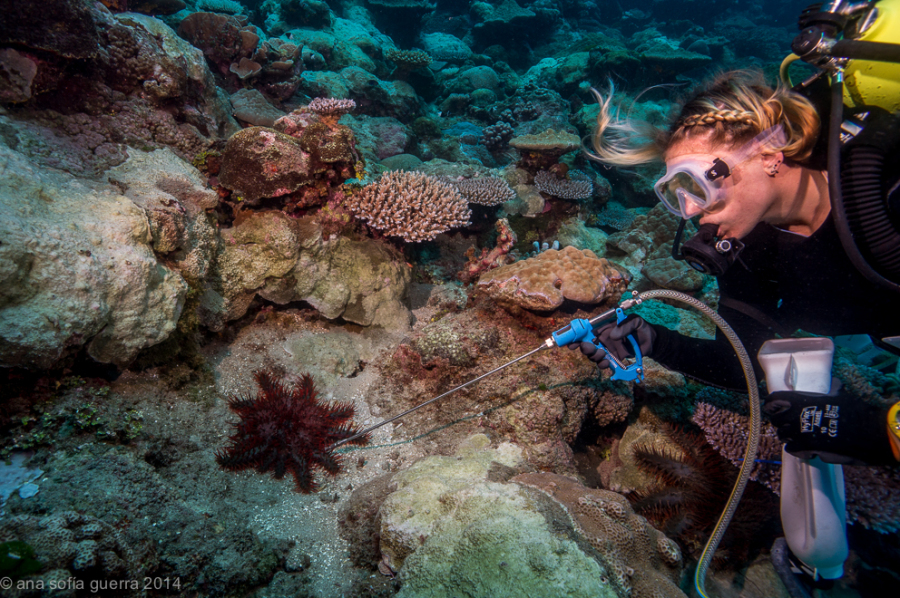
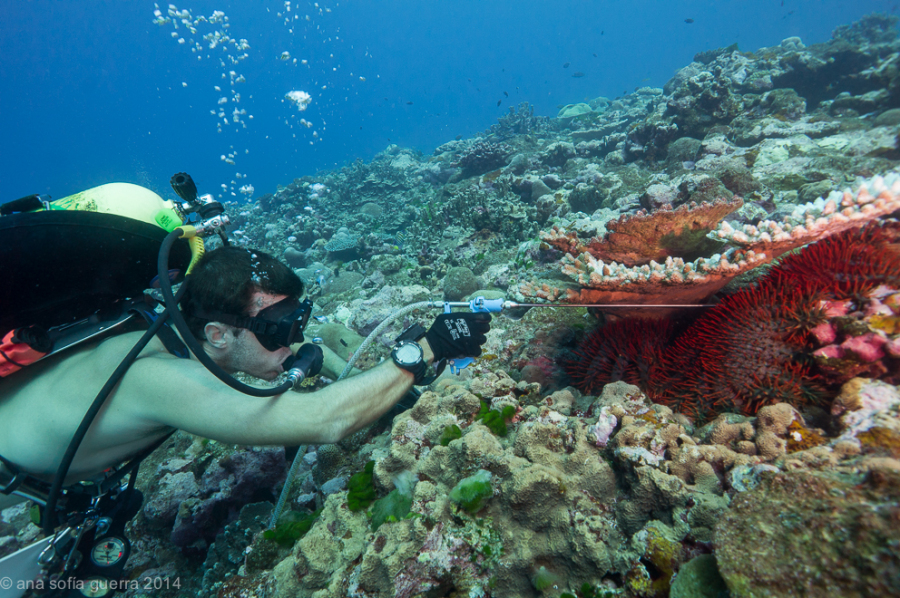 Caitlyn and Ian killing some COTs
Caitlyn and Ian killing some COTs
We were even asked by a government employee in Sailele (one of the villages on Tutuila) to survey the bay offshore of her village for alamea presence. Camera in hand, I hoped this would be the dive where the whales I had now heard constantly singing during all my dives would finally show themselves. Alas, they remained far away. On the bright side – we confirmed that this patch of reef was clear of crown-of-thorns!
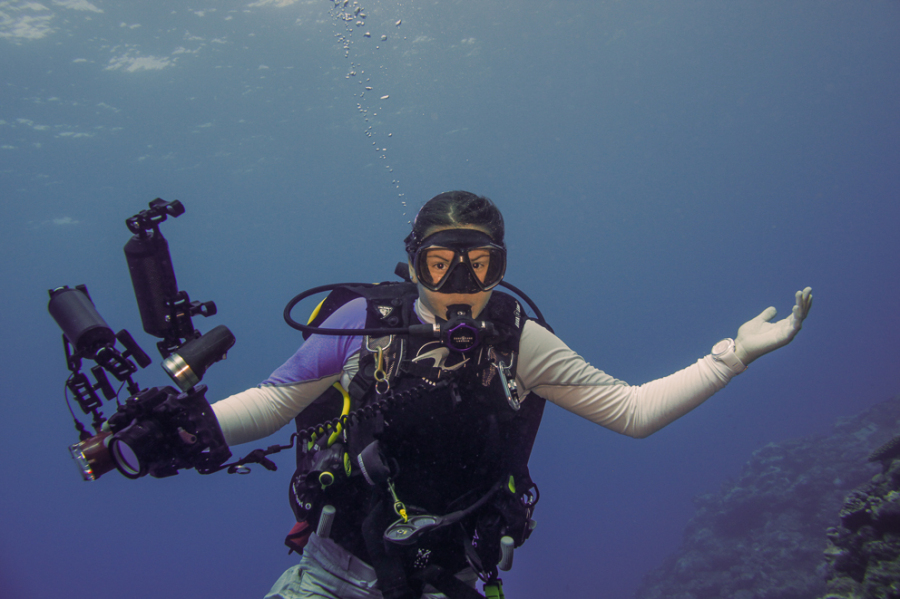
Eventually it was time for me to leave and take off for Fiji. Having just finished reading Sex Lives of Cannibals (thanks JB for recommending it!), where the author expresses sheer terror at the thought of boarding another Twin Otter plane after years spent living in Kiribati, it struck me as slightly comical to be boarding a Twin Otter for my Polynesian Airlines flight from Pago Pago to Apia, Samoa. Flying low enough to count whales and coconut trees was an idyllic way to bid farewell to American Samoa; however, that didn’t erase the nagging feeling that perhaps I should have packed lighter.
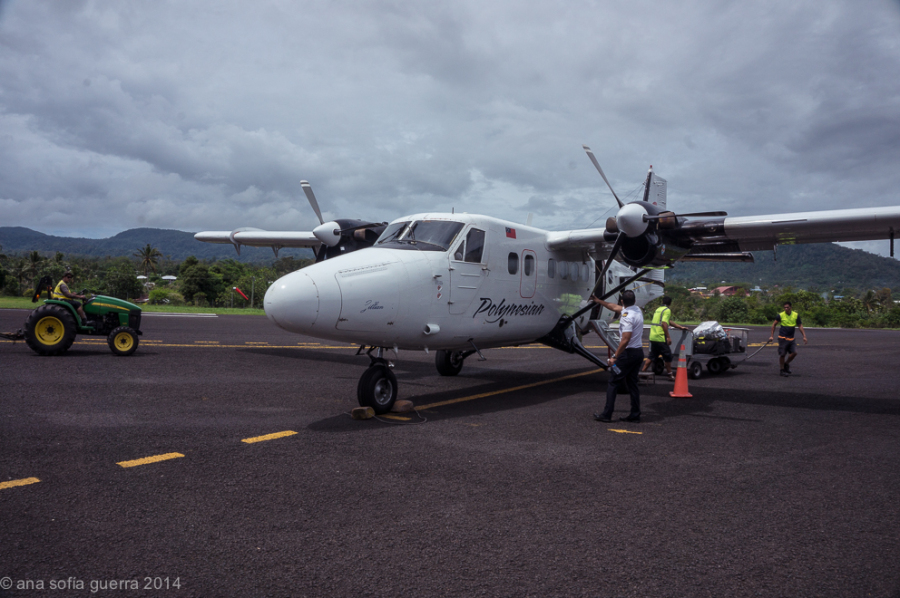
My worries were, thankfully, uncalled for and the flight went smoothly. After a one day exploration of Apia, Samoa due to an impromptu flight cancellation, I am headed to Fiji!
